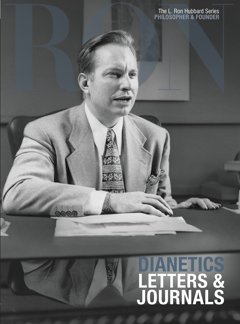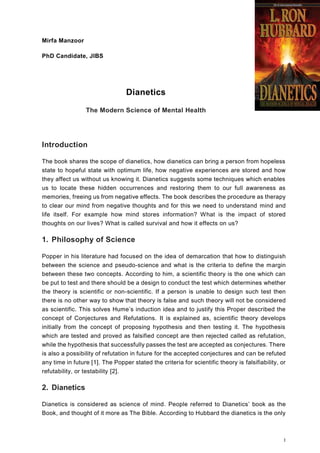Dianetics Fundamentals Explained
Wiki Article
How Dianetics can Save You Time, Stress, and Money.
Table of ContentsExamine This Report about DianeticsThe Definitive Guide to DianeticsA Biased View of DianeticsLittle Known Facts About Dianetics.
I could not ever before not intend to obtain anything that comes to mind for you- if it was otherwise, I wouldn't be resting here with you, doing this. I not only could never ever have a trouble, or not wish to listen to something that enters your mind for you, however I'm completely anxious to recognize every concept, every thought, every photo or feeling that arises or materializes for you- don't ever think otherwise, and if for some reason you do, please simply allow me understand! Occasionally, you might have a thought, and image, concept or case turn up that does not seem to answer the inquiry, or relate to it, yet however, constantly do tell me concerning it, and as we continue, the significance will emerge for you.This is integral in the basis of handling, and the subject of this conversation: the fundamental duties of the therapist and the client: The basic duty of the counselor is, unlike "typical training", not to regulate, which means to apply and/or hinder, yet to instead function from the basis of EMPOWERING THE CLIENT.

The Only Guide to Dianetics
John Mcmasters shared this fundamental fact incredibly well in one of his talks on Power handling, where he explains exactly how he was asked what this "unique flair" was that he had for offering such wonderful sessions; he had to consider that for a minute, and found that it was what he had not been doing, as well as what he was doing: he wasn't reviewing, judging, computer, or actually, producing any type of thoughts, let alone spoken expressions, after giving the command and while waiting for the computer to finish their response to their satisfaction; he was, simply and only, being present with the PC, and totally interested.The function of the therapist, showed; that was his "special knack". I have had my very own experience which instructed me this well, extremely early in the video game. In 1982, having actually recently finished my training and teaching fellowship on New Age Dianetics, I was running this on a PC, and there was a point in the session where (being a bit damp behind the ears not yet having several hours under my belt as a professional auditor) the PC seemed to be "taking too long" to express anything vocally after I gave him a command.
This trick ended up being one of the most useful payment that John ever before made to the subject of therapy or auditing (Dianetics). In my modest opinion, it is the best contribution that anybody has ever before made to these subjectsthe content application is entirely non-judgemental, non-evaluative, and devoid of any type of pointer, suggestions or opinion.no preconditioned program for individuals, or 'degrees' that they need to do
In Idenics, the only resource of information about a client is the private client. In Scientology we prided ourselves on not evaluating for individuals. But all that really meant was that the auditor did not vocally examine for the PC in session. The registrars and ethics officers evaluated for the computer.
Dianetics - Questions

Any person who had ever before seen John audit can not help but see a special quality in his auditing."The customer's basic duty is to be there with the purpose of relocating in the instructions of their spiritual goals, and to openly and completely share and experience whatever shows up for them in answering the questions and executing the directions in the handling.
This is something to process as required. But likewise, individuals regularly have prior experience and/or indoctrination in auditing/processing which, in some means, and to some degrees, in fact misinforms them into perspectives, ideas and habits patterns that protect against the complete realization of these functions, therefore they will have a tendency to inhibit the expressing of what enters your mind, as in the examples given over. * The very first, and maybe leading instances of mis-indoctrination bring about much less than completely smooth and effective sessions, can be found in particular aspects of the training routines, or "TR's":"TR's" are typically an individual's very first, or at the very least early, experience in Scientology, and while I will go on to describe what I view as the imperfections in principle and practice, nevertheless, often tend to be substantially healing, done as they are given (Hubbard urges that "TR's are not processing, they are training", however factually, they are both handling AND training)
There is no "failing", and no denial of the fact of this being processing. The focus, as it needs to be, is on experiencing the browse around this web-site various other person's visibility.
4 Simple Techniques For Dianetics

Report this wiki page